-
Reagents
- Flow Cytometry Reagents
-
Western Blotting and Molecular Reagents
- Immunoassay Reagents
-
Single-Cell Multiomics Reagents
- BD® OMICS-Guard Sample Preservation Buffer
- BD® AbSeq Assay
- BD® Single-Cell Multiplexing Kit
- BD Rhapsody™ ATAC-Seq Assays
- BD Rhapsody™ Whole Transcriptome Analysis (WTA) Amplification Kit
- BD Rhapsody™ TCR/BCR Next Multiomic Assays
- BD Rhapsody™ Targeted mRNA Kits
- BD Rhapsody™ Accessory Kits
- BD® OMICS-One Protein Panels
-
Functional Assays
-
Microscopy and Imaging Reagents
-
Cell Preparation and Separation Reagents
-
- BD® OMICS-Guard Sample Preservation Buffer
- BD® AbSeq Assay
- BD® Single-Cell Multiplexing Kit
- BD Rhapsody™ ATAC-Seq Assays
- BD Rhapsody™ Whole Transcriptome Analysis (WTA) Amplification Kit
- BD Rhapsody™ TCR/BCR Next Multiomic Assays
- BD Rhapsody™ Targeted mRNA Kits
- BD Rhapsody™ Accessory Kits
- BD® OMICS-One Protein Panels
- Norway (English)
-
Change country/language
Old Browser
This page has been recently translated and is available in French now.
Looks like you're visiting us from United States.
Would you like to stay on the current country site or be switched to your country?
BD Horizon™ RB705 Mouse Anti-Human CD11c (Integrin αX)
Clone 3.9 (RUO)
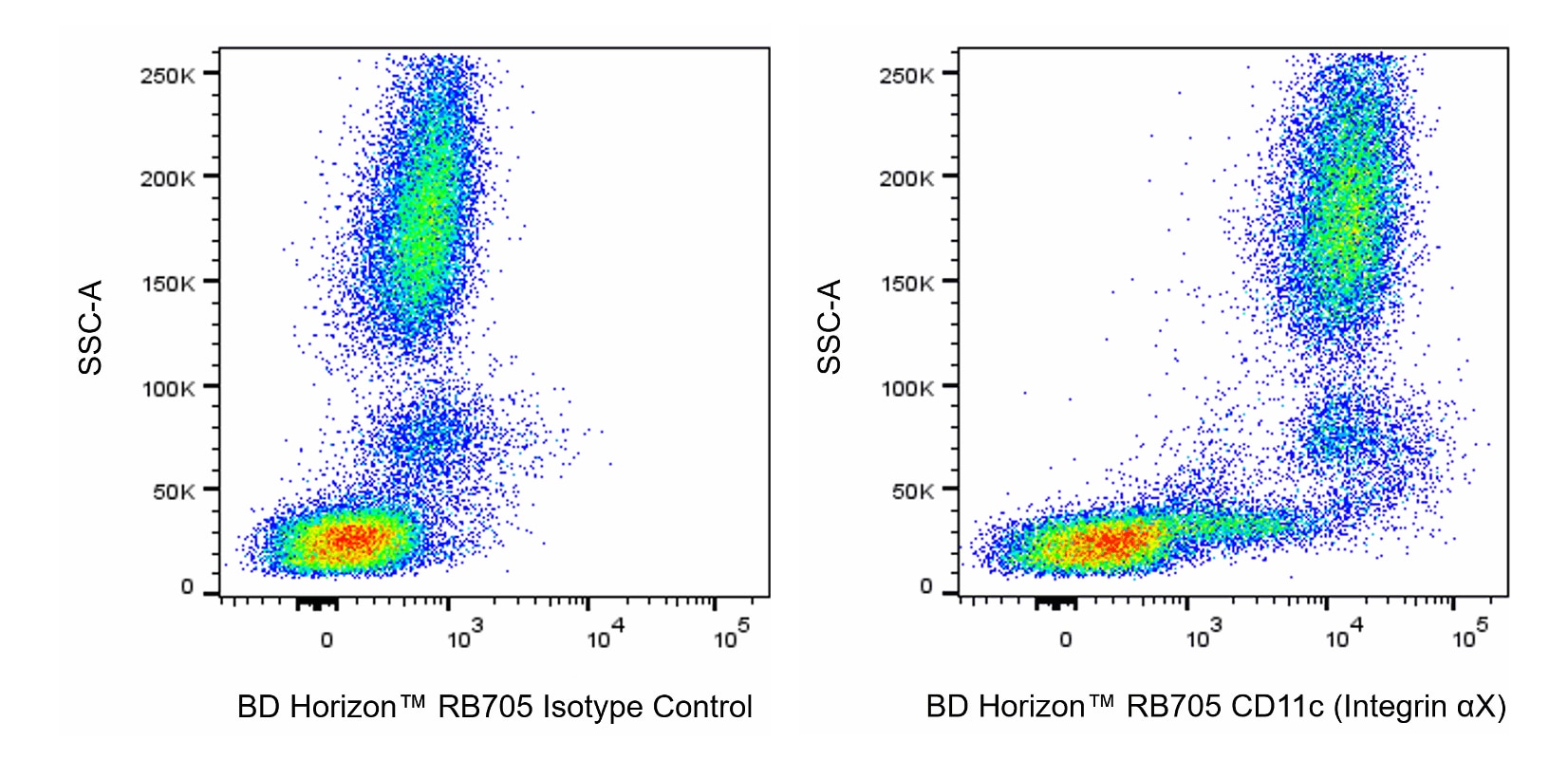
Multiparameter flow cytometric analysis of CD11c (Integrin αX) expression on Human peripheral blood leukocyte populations. Human whole blood [collected with heparin as the preferred anticoagulant rather than Ethylenediaminetetraacetic acid (EDTA)] was stained with either BD Horizon™ RB705 Mouse IgG1, κ Isotype Control (Cat. No. 570261; Left Plot) or BD Horizon™ RB705 Mouse Anti-Human CD11c (Integrin αX) antibody (Cat. No. 570574/570662; Right Plot). Erythrocytes were lysed with BD FACS Lysing™ Solution (Cat. No. 349202). The bivariate pseudocolor density plot showing the correlated expression of CD11c (Integrin αX) [or Ig Isotype control staining] versus side light-scatter (SSC-A) signals were derived from gated events with the forward and side light-scatter characteristics of intact leukocytes. Flow cytometry and data analysis were performed using a BD FACSymphony™ A5 Cell Analyzer System and FlowJo™ Software.

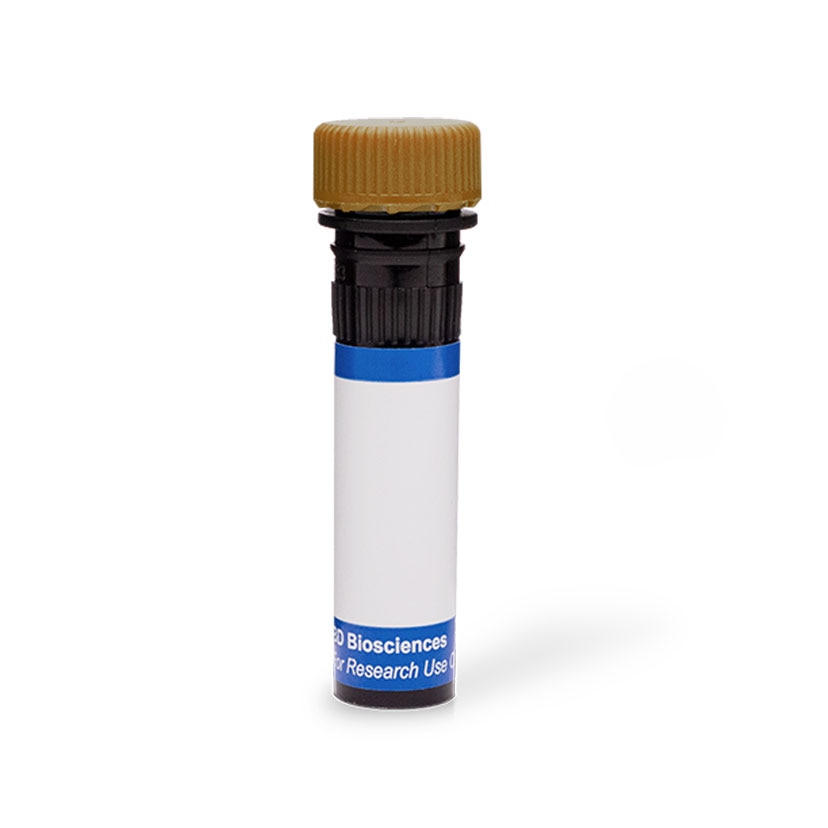
Multiparameter flow cytometric analysis of CD11c (Integrin αX) expression on Human peripheral blood leukocyte populations. Human whole blood [collected with heparin as the preferred anticoagulant rather than Ethylenediaminetetraacetic acid (EDTA)] was stained with either BD Horizon™ RB705 Mouse IgG1, κ Isotype Control (Cat. No. 570261; Left Plot) or BD Horizon™ RB705 Mouse Anti-Human CD11c (Integrin αX) antibody (Cat. No. 570574/570662; Right Plot). Erythrocytes were lysed with BD FACS Lysing™ Solution (Cat. No. 349202). The bivariate pseudocolor density plot showing the correlated expression of CD11c (Integrin αX) [or Ig Isotype control staining] versus side light-scatter (SSC-A) signals were derived from gated events with the forward and side light-scatter characteristics of intact leukocytes. Flow cytometry and data analysis were performed using a BD FACSymphony™ A5 Cell Analyzer System and FlowJo™ Software.

Multiparameter flow cytometric analysis of CD11c (Integrin αX) expression on Human peripheral blood leukocyte populations. Human whole blood [collected with heparin as the preferred anticoagulant rather than Ethylenediaminetetraacetic acid (EDTA)] was stained with either BD Horizon™ RB705 Mouse IgG1, κ Isotype Control (Cat. No. 570261; Left Plot) or BD Horizon™ RB705 Mouse Anti-Human CD11c (Integrin αX) antibody (Cat. No. 570574/570662; Right Plot). Erythrocytes were lysed with BD FACS Lysing™ Solution (Cat. No. 349202). The bivariate pseudocolor density plot showing the correlated expression of CD11c (Integrin αX) [or Ig Isotype control staining] versus side light-scatter (SSC-A) signals were derived from gated events with the forward and side light-scatter characteristics of intact leukocytes. Flow cytometry and data analysis were performed using a BD FACSymphony™ A5 Cell Analyzer System and FlowJo™ Software.


BD Horizon™ RB705 Mouse Anti-Human CD11c (Integrin αX)

Regulatory Status Legend
Any use of products other than the permitted use without the express written authorization of Becton, Dickinson and Company is strictly prohibited.
Preparation And Storage
Recommended Assay Procedures
BD® CompBeads can be used as surrogates to assess fluorescence spillover (compensation). When fluorochrome conjugated antibodies are bound to BD® CompBeads, they have spectral properties very similar to cells. However, for some fluorochromes there can be small differences in spectral emissions compared to cells, resulting in spillover values that differ when compared to biological controls. It is strongly recommended that when using a reagent for the first time, users compare the spillover on cells and BD® CompBeads to ensure that BD® CompBeads are appropriate for your specific cellular application.
Product Notices
- When using high concentrations of antibody, background binding of this dye to erythroid fragments produced by ammonium chloride-based lysis, such as with BD Pharm Lyse™ Lysing Buffer (Cat. No. 555899), has been observed when the antibody conjugate was present during the lysis procedure. This may cause nonspecific staining of target cells, such as leukocytes, which have bound the resulting erythroid fragments. This background can be mitigated by any of the following: titrating the antibody conjugate to a lower concentration, fixing samples with formaldehyde, or removing erythrocytes before staining (eg, gradient centrifugation or pre-lysis with wash). This background has not been observed when cells were lysed with BD FACS™ Lysing Solution (Cat. No. 349202) after staining.
- Please refer to www.bdbiosciences.com/us/s/resources for technical protocols.
- This reagent has been pre-diluted for use at the recommended Volume per Test. We typically use 1 × 10^6 cells in a 100-µl experimental sample (a test).
- An isotype control should be used at the same concentration as the antibody of interest.
- Please observe the following precautions: We recommend that special precautions be taken (such as wrapping vials, tubes, or racks in aluminum foil) to protect exposure of conjugated reagents, including cells stained with those reagents, to any room illumination. Absorption of visible light can significantly affect the emission spectra and quantum yield of tandem fluorochrome conjugates.
- Caution: Sodium azide yields highly toxic hydrazoic acid under acidic conditions. Dilute azide compounds in running water before discarding to avoid accumulation of potentially explosive deposits in plumbing.
- For fluorochrome spectra and suitable instrument settings, please refer to our Multicolor Flow Cytometry web page at www.bdbiosciences.com/colors.
- Species cross-reactivity detected in product development may not have been confirmed on every format and/or application.
- Human donor specific background has been observed in relation to the presence of anti-polyethylene glycol (PEG) antibodies, developed as a result of certain vaccines containing PEG, including some COVID-19 vaccines. We recommend use of BD Horizon Brilliant™ Stain Buffer in your experiments to help mitigate potential background. For more information visit https://www.bdbiosciences.com/en-us/support/product-notices.
- Cy is a trademark of Global Life Sciences Solutions Germany GmbH or an affiliate doing business as Cytiva.
- Please refer to http://regdocs.bd.com to access safety data sheets (SDS).
- For U.S. patents that may apply, see bd.com/patents.
Data Sheets
Companion Products
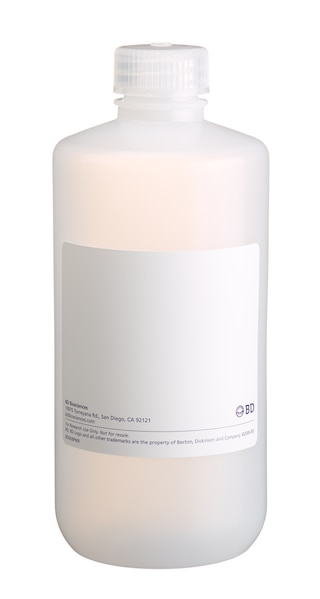
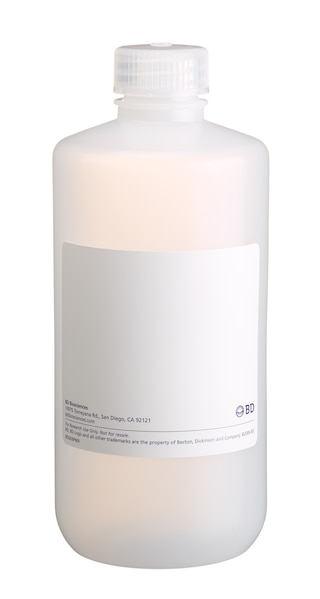
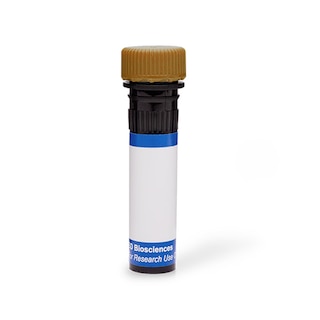
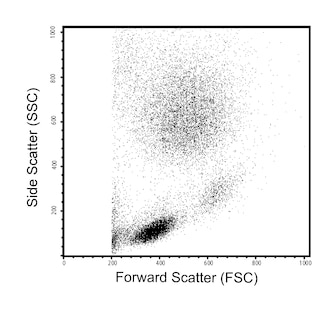
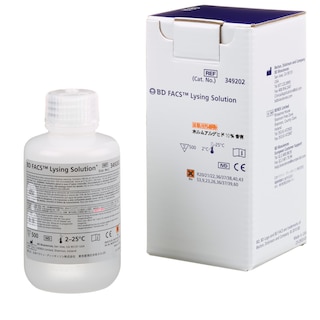
The 3.9 monoclonal antibody specifically binds to CD11c, which is also known as Integrin alpha X (αX Integrin/ITGAX), or p150,95 Integrin alpha chain. CD11c is a ~150 kDa type I transmembrane glycoprotein. It is expressed on monocytes, macrophages, granulocytes, NK cells, dendritic cells, and subsets of B and T cells. It associates with CD18 (Integrin beta 2/β2 Integrin) to form the CD11c/CD18 complex, which is also known as p150,95 Integrin, or the Type 4 Complement Receptor (CR4). CD11c/CD18 binds fibrinogen and reportedly serves as a receptor for iC3b and ICAM-1/CD54. CD11c/CD18 functions as an adhesion molecule that mediates cellular binding to ligands expressed on stimulated epithelium and endothelium. The 3.9 monoclonal antibody crossreacts with CD11c expressed by Rhesus macaque leucocytes.

Development References (7)
-
Autissier P, Soulas C, Burdo TH, Williams KC. Immunophenotyping of lymphocyte, monocyte and dendritic cell subsets in normal rhesus macaques by 12-color flow cytometry: clarification on DC heterogeneity.. J Immunol Methods. 2010; 360(1-2):119-28. (Clone-specific: Flow cytometry). View Reference
-
Hogg N, Horton MA. Myeloid antigens: New and previously defined clusters. In: McMichael AJ. A.J. McMichael .. et al., ed. Leucocyte typing III : white cell differentiation antigens. Oxford New York: Oxford University Press; 1987:576-602.
-
Hogg N, Takacs L, Palmer DG, Selvendran Y, Allen C.. The p150,95 molecule is a marker of human mononuclear phagocytes: comparison with expression of class II molecules.. Eur J Immunol. 1986; 16(3):240-248. (Immunogen: Flow cytometry, Immunohistochemistry, Immunoprecipitation). View Reference
-
Myones BL, Dalzell JG, Hogg N, Ross GD. Neutrophil and monocyte cell surface p150,95 has iC3b-receptor (CR4) activity resembling CR3.. J Clin Invest. 1988; 82(2):640-51. (Clone-specific: Blocking, Functional assay, Immunohistochemistry, Inhibition, Radioimmunoassay). View Reference
-
Schmidt RE. Non-lineage/natural killer section report: new and previously defined clusters. In: Knapp W. W. Knapp .. et al., ed. Leucocyte typing IV : white cell differentiation antigens. Oxford New York: Oxford University Press; 1989:517-542.
-
Stain C, Jager U, Majdic O, et al. The phenotyping of human basophils with the Myeloid Workshop Panel. In: McMichael AJ. A.J. McMichael .. et al., ed. Leucocyte typing III : white cell differentiation antigens. Oxford New York: Oxford University Press; 1987:720-722.
-
Van der Schoot CE, Daams M, Von dem Borne AEG, et al. Biochemical analysis of the myeloid panel. In: Knapp W. W. Knapp .. et al., ed. Leucocyte typing IV : white cell differentiation antigens. Oxford New York: Oxford University Press; 1989:868-876.
Please refer to Support Documents for Quality Certificates
Global - Refer to manufacturer's instructions for use and related User Manuals and Technical data sheets before using this products as described
Comparisons, where applicable, are made against older BD Technology, manual methods or are general performance claims. Comparisons are not made against non-BD technologies, unless otherwise noted.
For Research Use Only. Not for use in diagnostic or therapeutic procedures.